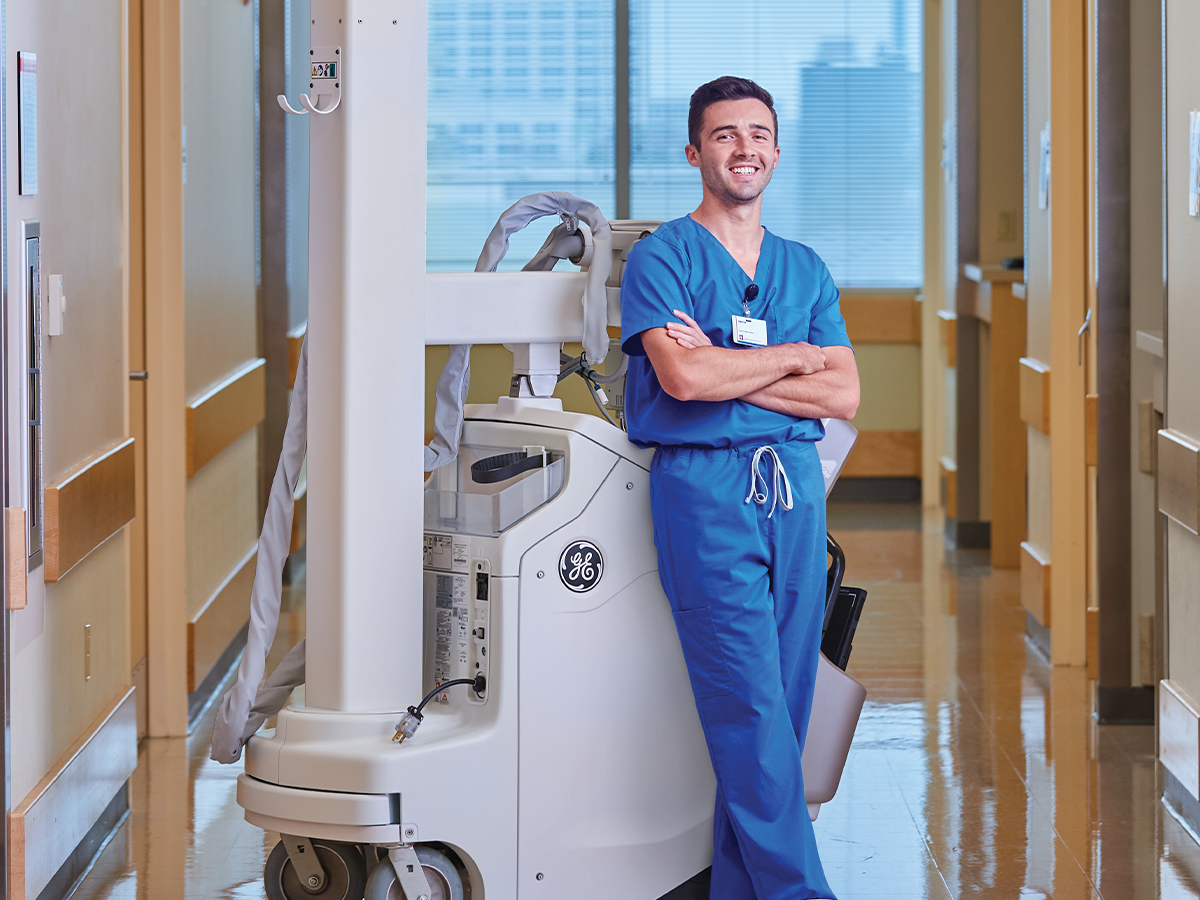Total Cost of Ownership
With any new radiography equipment, don’t just evaluate the purchase price, but also the total cost to own over the life of your equipment. Ask yourself the following:
- Do prospective suppliers have a proven track record for innovation and upgrade solutions that will grow with your needs?
- Do they do preventative maintenance and yearly inspections?
Ask if your supplier has remote performance monitoring, to help you avoid problems before they impact availability.
Questions to ask prospective vendors about total cost of ownership.
- How will this affect my current detector pool? Use and cost management?
- Can I expect to see an increase in my physician attraction/retention rates?
- Is it possible for this system or for an advanced application on this system to enable ROI?
- Can I do more with less to offset declining reimbursement?
- What will the total specific cost impact be, both upfront cost and total cost of ownership, including downtime and training? Ongoing service costs?
- How long do I expect to retain the system and how will it benefit evolving patient and X-ray demands?
- What about the longevity of my system? Will hardware and software upgrades be available?
Serviceability and response time
Because service significantly changes your total cost to own, make sure your
service partner has a reputation for delivering the best. They should back that up with commitments to deliver uptime and responsiveness, as well as how many field engineers they have in your area. Ask for a map showing coverage in your region. Time to delivery of parts is another key metric when evaluating a service provider. Make sure you also see a map to understand the parts depot that will service your parts needs.
Questions to ask prospective vendors about total serviceability and response time:
- How many OEM service field engineers are in the area?
- Does your service provider use OEM-certified parts?
- Where are the service provider’s parts depots located?
- How long does it take for parts delivery?
- How fast is your service response time?
- What is the rate of system fix for the first call?
- What times and days is technical support available?
- What parts availability metrics are available?
- What is the expected service plan for these systems?
- What kind of uptime commitments are available in your service agreements?
- Can the supplier remotely monitor, diagnose, and address system issues?
- How will the supplier work with your biomed team to provide the training and support necessary?
- How are software updates done? Remote or on-site?

